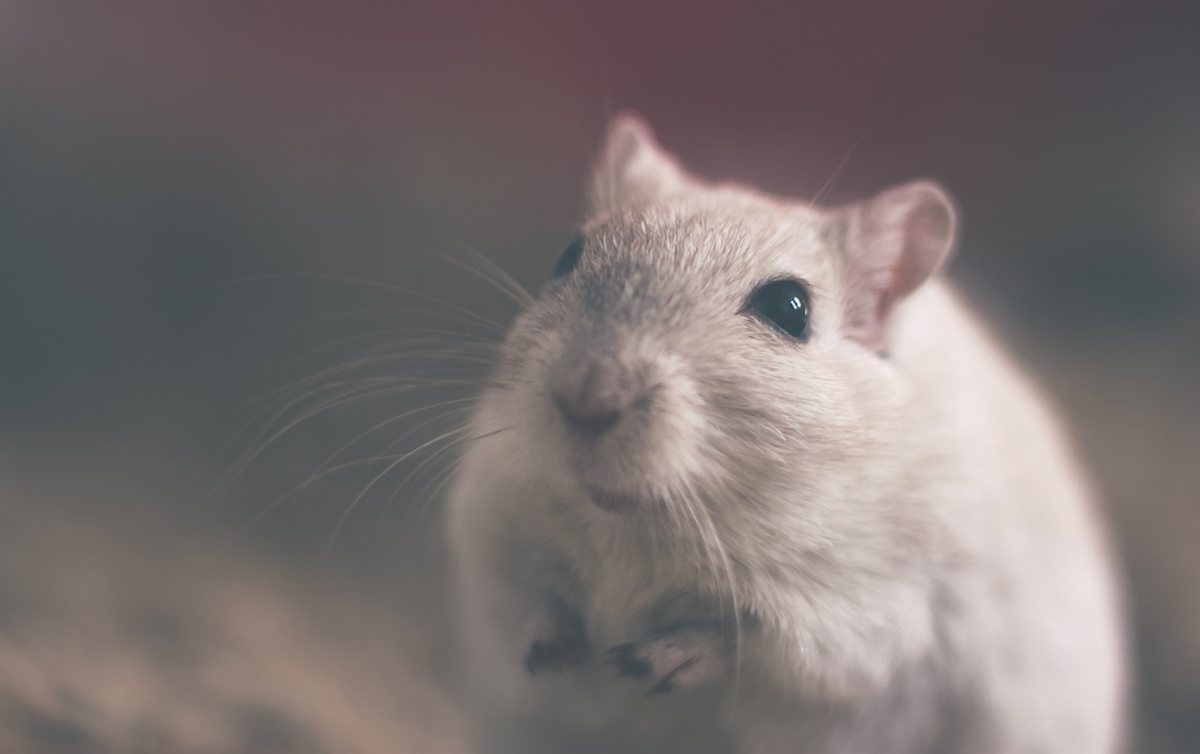
Mouse catching and removal and how to prevent mouse infestation
By Terry Messmer
In recent weeks, many homeowners have reported droppings of mice showing up in cupboards, basements, food storage areas, bathrooms, bedrooms, and garages. Mice can spread diseases through their urine, droppings, saliva, and nesting materials. These diseases can be deadly, and if you have a major infestation in your home, the risk factor increases. The mice most frequently encountered in our areas are the house mouse and the deer mouse.
Mice are generally found living far away from humans. However, the onset of cold weather encourages their movements into homes and structures as they seek warmth.
Mice are nibblers. They feed on a wide range of food but prefer foods high in fats and sugars. They get most of the water they need from the food they eat. They also eat, urinate, and defecate continually and tend to nest near their food.
It might sound a bit dramatic to say that a mouse can burn down your house. But it can. Mice will nibble on wires when they are in walls and attics or to gain access to places the wires may be blocking. Once a wire becomes bare, the chance of it sparking a fire increases. About 25 percent of all fires attributed to “unknown causes” in the U.S. are started by rodents.
Because they are most active at night, mice often roam undetected throughout a household. If you start seeing them around in the daytime, you likely have a mouse infestation. The presence of droppings and the musky smell of urine coming from cupboards or drawers is also a sign.
Mice have a very high reproductive rate. Within a matter of months, a female can produce several litters. These litters can also start producing mice within 2 months of birth.
The best way to control mice in your house is prevention. Consider these tips on how to prevent mouse infestation:
—Mice can fit through tiny spaces. Holes and cracks in the foundation and outer walls are entry points, as are doorways and areas around windows, chimneys, roof vents, and pipes and wires that enter your home. Seal all holes and openings larger than one-quarter inch. Use heavy materials such as concrete mortar, sheet metal, or heavy-gauge hardware cloth. Caulk around doors, windows, and wherever wires and pipes enter. Check roof and roof vents for damage or holes, and repair as needed. Keep gutters clean. Clear away wood, leaves, or other debris near your foundation walls.
—Inside your home, store dry goods (including cat and dog food) in hard plastic or glass containers with tightly sealed lids. This will ensure that your food does not get contaminated. Take the garbage out frequently, and don’t leave open food out on your counters as this also attracts mice.
—Store bulk foods in rodent-proof containers. Make sure any spilled food and crumbs are cleaned up. A cookie or piece of cake that ended up between the couch cushions can feed a mouse for a week.
If you do have a mouse in the house, consider these tips for mouse catching and removal:
—Mice can usually be caught using wooden snap traps. Because they have poor eyesight but excellent senses of touch and smell, they tend to travel close to walls and other objects. In most cases, plan on setting at least six traps per mouse seen, and place traps close to walls. Use small amounts of fresh bait such as peanut butter. You may want to bait the traps without setting them for a day or so. When you notice the bait has been taken, set the trap. Once caught, mice should be bagged and disposed of in an outside garbage container or buried.
—Do not use poison to control mice in homes. Mice that feed on poison baits may die in the home. As they start to decay, the resulting odor will cause more issues.
—Due to the risk of disease associated with mice, cleaning up their nests or places where they have defecated and urinated is a process that should not be taken lightly. Do not vacuum or sweep mouse droppings as it can release more bacteria into the air, and the dust can make you ill. Always wear a mask and latex or vinyl gloves while cleaning mouse-infected areas.
—Spray the area with a commercial disinfectant or a mixture of bleach and water, and let it sit for five minutes before using paper towels to wipe the area clean. Once you are done, put the dirty paper towels into a plastic bag and place them in your outside garbage. You should then clean and disinfect the entire area.
—Food items that have been chewed should be immediately discarded.
More information can be found by contacting your local USU Extension office or visiting wildawareutah.org.
Terry Messmer is a Utah State University Extension wildlife specialist.
Articles related to “Mouse catching and removal and how to prevent mouse infestation”
Intermountain Therapy Animals in St. George bring comfort to southern Utah



